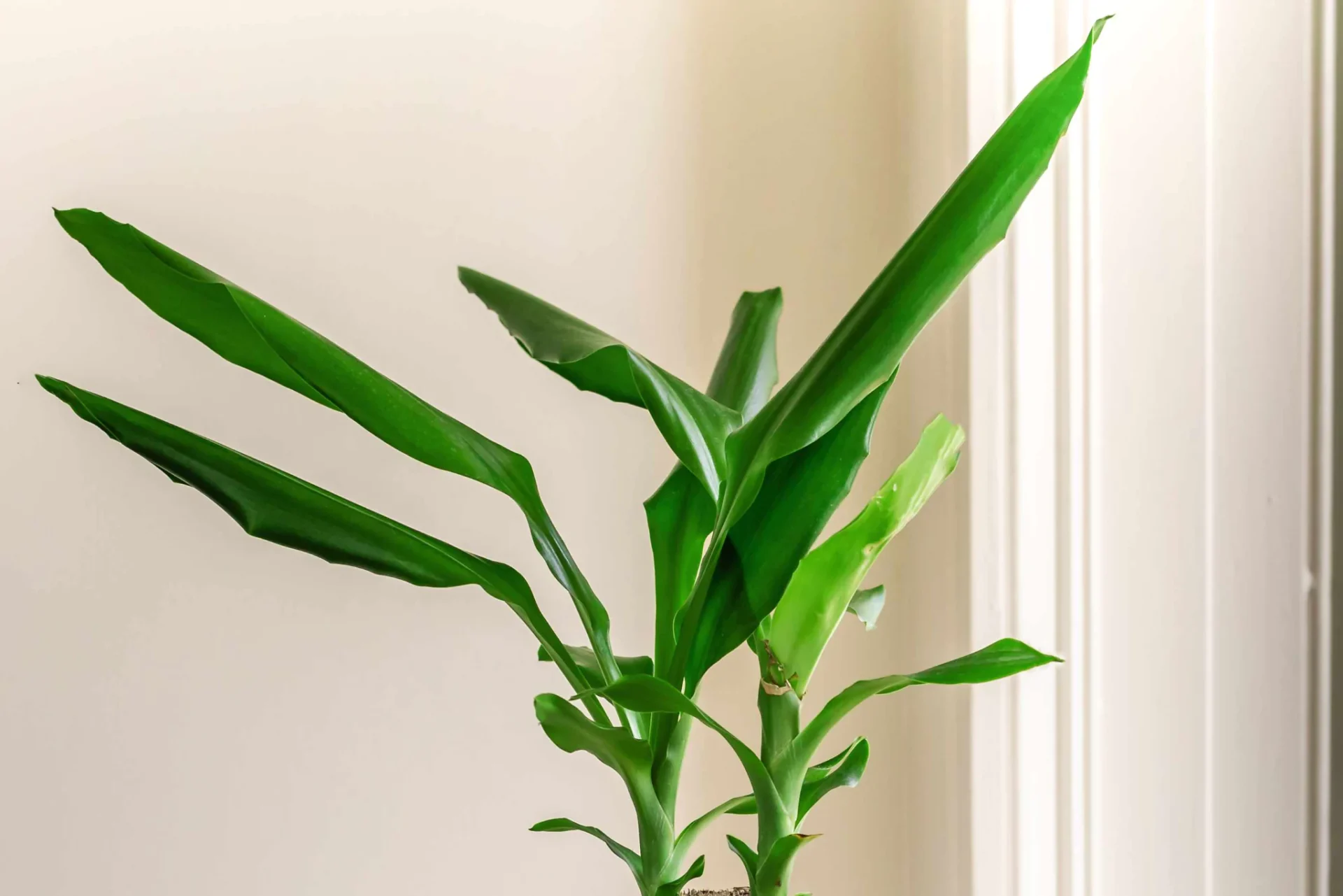A Corn plant, more widely called as the “Dracaena”, develops both in outdoor as well as indoor settings. This is a subtropical plant species which belongs to the Aloe group and exemplified by the “Dracaena fragrans”.
The stalk is straight, brownish in color and has shining, lanceolate, greenish leaves on top. These plants may be identified by the yellowish strip in the leaves that run along the height of the leaves.
Initially you need grasp the basic requirements of developing a corn plant. While the criteria for detailed growth differ depending on species, a major common feature for all species seems to be that they develop best in dim sunlight. A Corn Plant is a perfect household item to be placed at the room’s corners as well as halls. Their height increases to the maximum of approximately 20 feet.
Let’s be honest, such plants need minimal attention and maintenance. Therefore, you may develop good plants, although you possess a tight timetable as well as you possess insufficient time. An essential reminder is that every variety of corn plant is toxic and you consequently have to keep them away from kids and animals.
Table of Contents
Tips for Corn Plants
Perfect pot
Corn plant roots generally shallow as well as borne quite near towards the cane. In the first phases of development, they will be cultivated in tiny pots. But whenever the length of the crop increases, the load of the upper portion must be appropriately adjusted to the lower part of it into huge containers. A corn plant that is 9 ft high may be cultivated within a 16 inch pot.
Potting Soil
The next stage is the preparation of potting material after choosing pots. Your objective is to produce soil that is well aired, rich and crumbly. In order to receive the appropriate soil consistency and richness, consider combining yard soil with bog mosses. When the soil combination is relatively low quality, replenish it with suitable quantities using a liquid fertiliser recommended on the item label.
Lighting
Such plants require dim sunlight, as already indicated. In terms of temperatures, warm conditions are necessary. You may put them in locations with limited sunlight for enhance the development.
When the leaf falls, it can be seen whenever it introduced to extremely cold temperatures. The ideal temperature limit is around 20 to 25 degrees Celsius similar to their home environment since they are common in tropical and subtropical regions.
Watering
Regular watering is enough to keep the plants flourishing. Within 7–10 days, or while the upper soil is drying, you can try watering them once. Watering must take place in a way that moisturises the uppermost soil surface. The yellow colouring of the leaf is caused by overwatering. Therefore, lower the watering intensity if you observe this condition.
Propagation
The propagation takes place primarily in the spring via stem grafts. You will cut the branches with a keen knife once your plants have grown enough. Make a combination of potting and add the branches in the ground. The fresh stem grafts will most certainly root for two to three weeks.
Infection as well as Parasite issues
One benefit of such plants is that they are very resistant to pesticides and infections. Therefore, your crops will develop properly without any trace of infection when you give the perfect settings of growth.
Sometimes spider mites as well as bugs may infect them if they are subjected to stress. In these cases, spray the damaged portions with a solution containing slandered cleaning soap and water.
Various kinds of corn plants
Corn plants are found in several forms and sizes.
The most popular kind of corn plant is ‘Massangeana.’ Its leaves are green, and the centre of every leaf has a lighter greenish-yellow strip.
The look of ‘Janet Craig’ is intensely greenish, shiny. It is roughly three metres tall, with extremely long, straplike foliage.
Conclusion
Implement the aforementioned instructions and clean up the leaves regularly. You might consider trimming them if required to regulate their growth. Once developed, corn plants may contain fragrant, golden, panicular flowers.
Also read: Steel vs Wood Framing and Beams for Buildings: Which Is Better?
Also read: How To Clean Lawn Mower Air Filter










